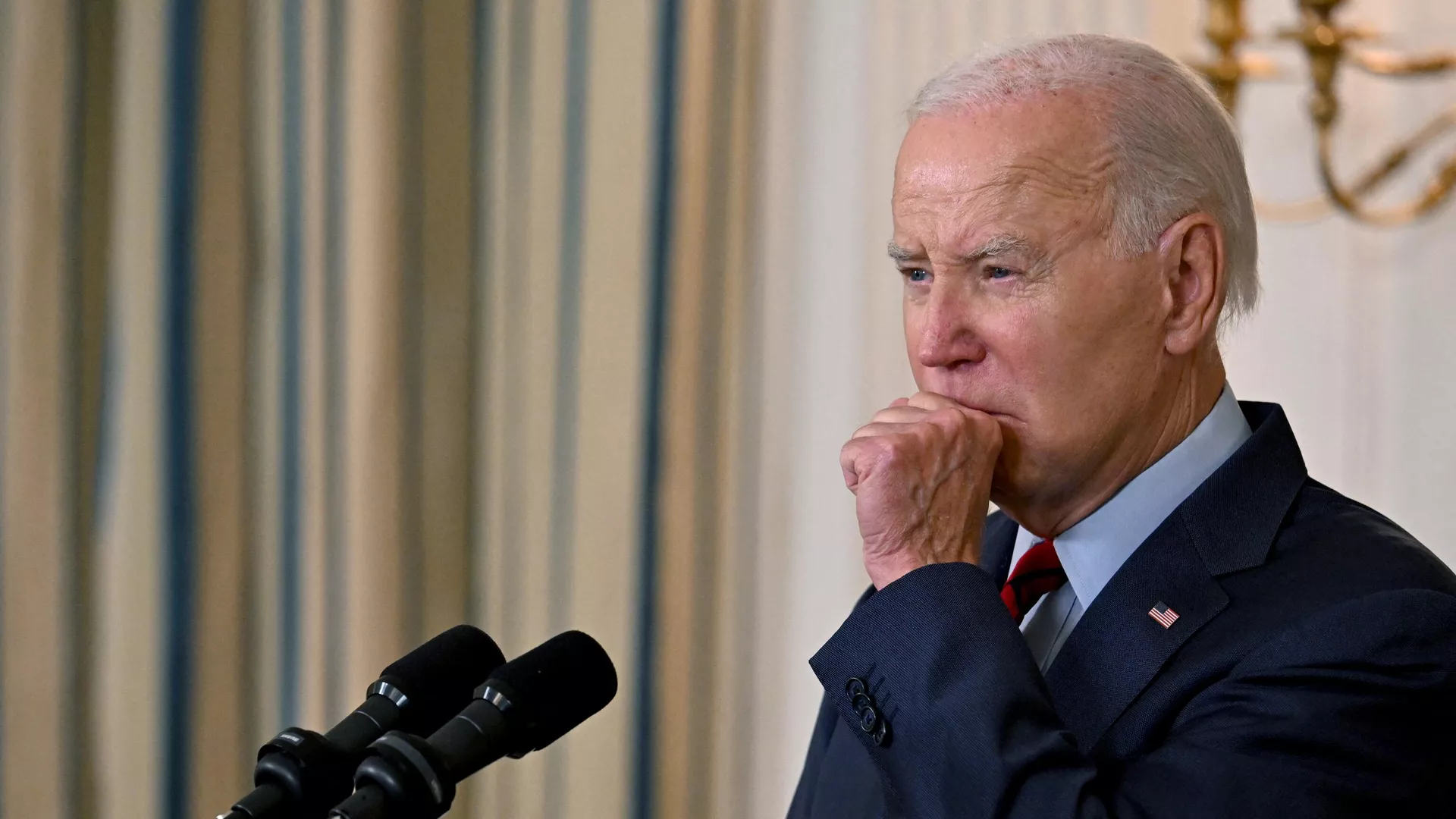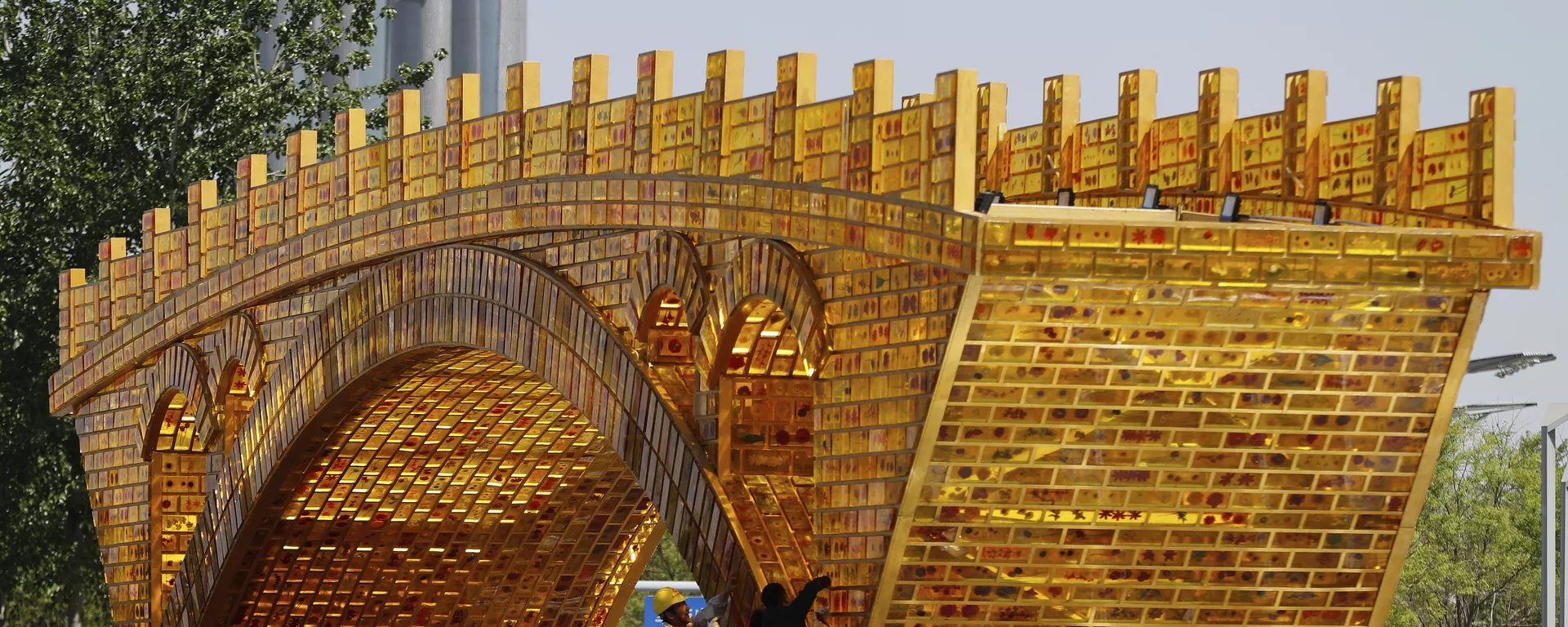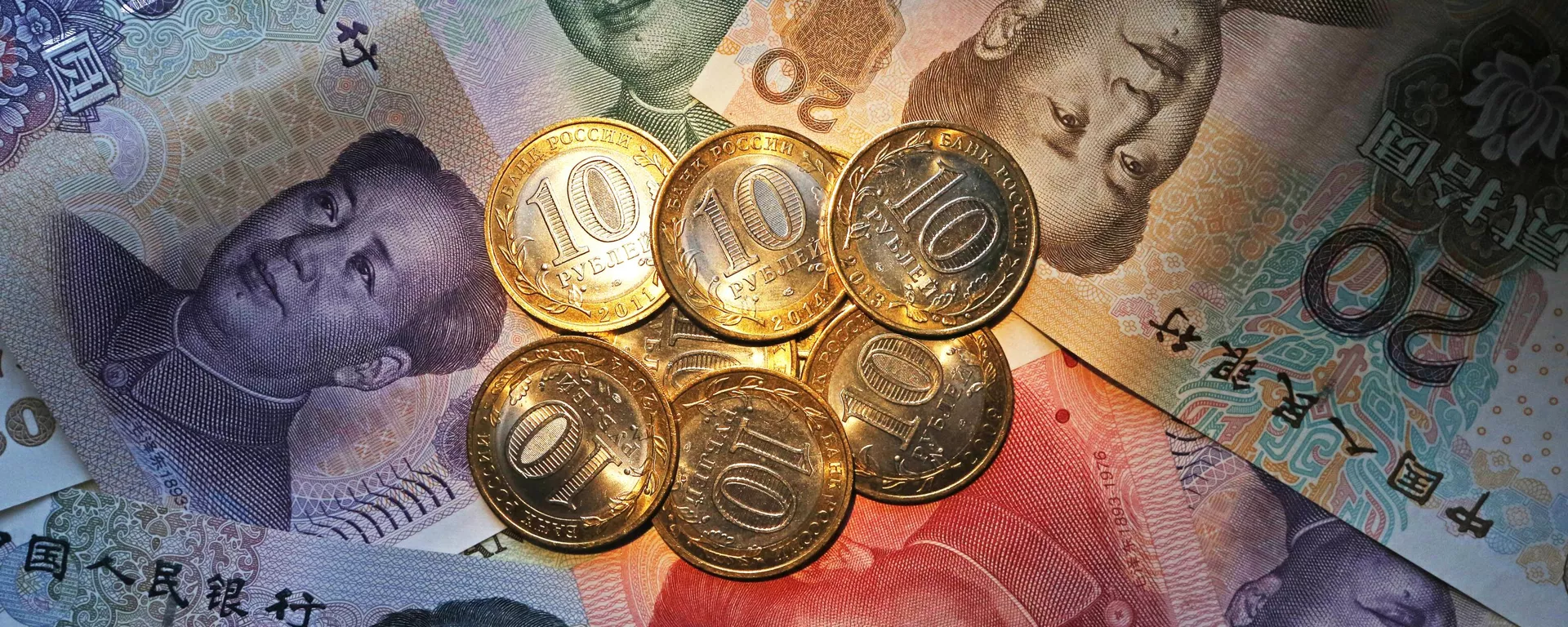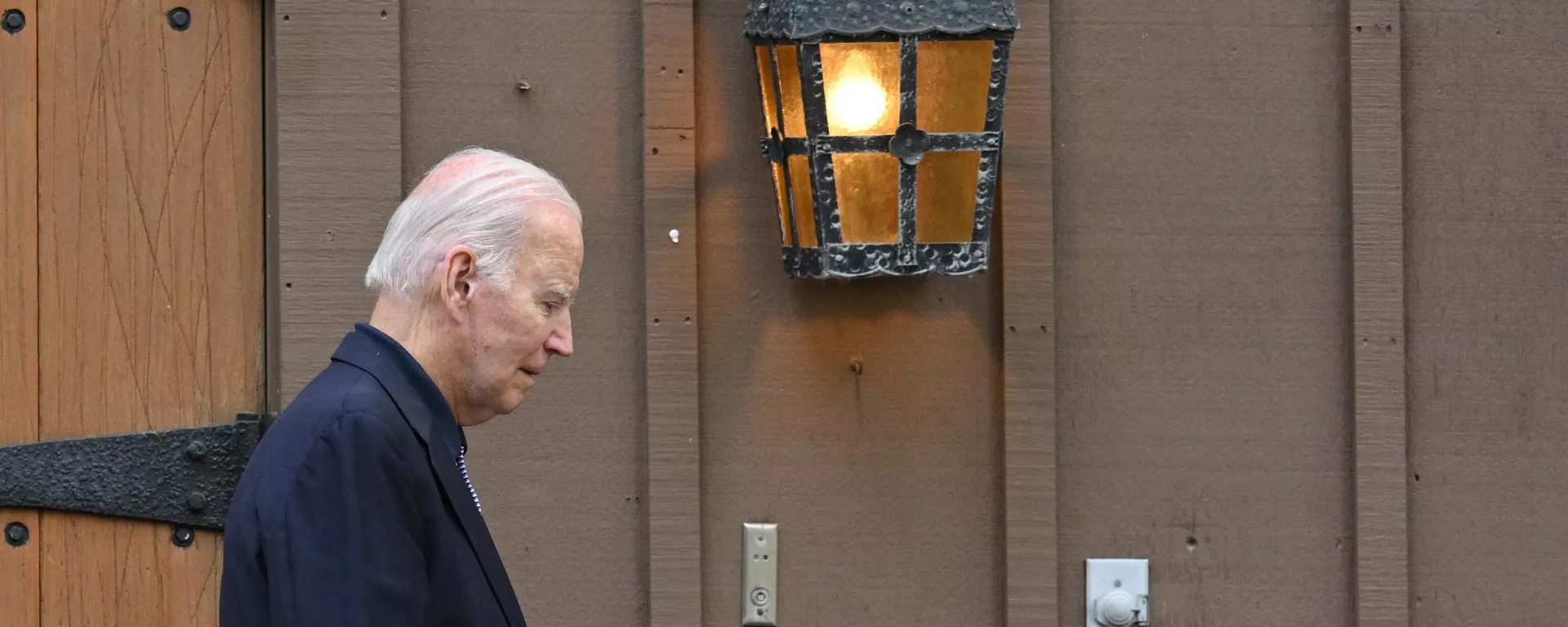During the G20 summit India, Saudi Arabia, the United States, the European Union and some other countries agreed upon a new transport corridor in Eurasia. What’s really behind the plan?
US President Joe Biden announced on Saturday the India – Middle East – Europe Economic Corridor (IMEC) a new rail and shipping route, which some Western observers qualified as an alternative to China’s Belt and Road Initiative.
Could US Really Spearhead India-Middle East-Europe Economic Corridor?
“It seems to me that the India-Middle East-Europe corridor has more political content than economic content,” Professor Zhu Welie, honorary director of the Institute of Middle East Studies, Shanghai International Studies University (SISU), told Sputnik.
Still, it’s still unclear whether the project will actually be implemented, according to Zhu.
“It looks like the US is the leading force in this partnership. The idea of building this corridor was probably influenced by the Belt and Road Initiative (BRI). The Americans are trying to copy this model and create their own transport corridor connecting Europe with Asia. However, American infrastructure in these regions is seriously outdated,” the Chinese professor continued.
Per Zhu, as the role of the Global South has increased over the past several years, the United States and Europe have come up with various cooperation initiatives including the Partnership for Global Infrastructure and Investment (PGII), the Global Gateway, and others. However, none of these projects have been implemented so far.
“It is obvious that the United States and India, which hosted the G20, share common interest in building an economic corridor,” noted Zhu. “However, a detailed description of this program has not been published. The project has raised many questions. For example, what will the route be like? Who will be responsible for road construction? What roads will be built? And so on. Therefore, ultimately, there are doubts as to whether this project will be implemented.”
Dmitry Evstafiev, political scientist and High School of Economics (HSE) University professor, appears to share Zhu’s doubts.
Over the past 40 years the US has had no experience of successful modernization projects, the Russian scientists stressed. Once the US participated in the modernization of South Korea, Japan and Europe, but it was a long time ago. Furthermore, in recent years, the United States has plunged into a period of deindustrialization, so it cannot be seen as a model by its allies, according to the scholar.
“I share the doubts about how far the United States can handle this and implement the practical part. Practically the corridor in question – even if we assume that the Saudis really invest heavily in it – requires a huge effort for reindustrialization, socio-economic modernization of spaces that the United States itself destroyed with its Arab Spring,” Evstafiev said.
Why Does US Need New Economic Corridor in Eurasia?
As the US hegemony fades, Washington is trying to
maintain its dominance through using contradictions between other players and
pitting global powers against each other, according to the political scientist. He believes that Washington’s primary goal is to throw sand in the gears of
China’s Belt and Road Initiative and
Russo-Iranian International North-South Transport Corridor.
“That is, roughly speaking, to introduce a third alternative option into the fairly synergistic system of the East-West corridor, which is being implemented by the Chinese, and the North-South corridor, which Russia and Iran are implementing as the main participants,” Evstafiev explained.
Make no mistake: in the case of IMEC the Americans are interested in the process, not the outcome of the infrastructure project, he pointed out.
In addition, the US is likely to use the project as a pretext to return to the Middle East and gain access to Saudi petrodollars, the political scientist continued.
“[The US will try] to somehow engage Saudi Arabia in certain financial schemes, which the United States is certainly capable of, including, for example, to support its own banks. But to do this, it is necessary to completely change the structure of the [US] presence [in the region]: it is no longer possible for the US to maintain its presence in the Middle East region using the notorious soft power. The world has changed. And (…) the United States has realized that the world has changed and is trying to adapt to this new world,” Evstafiev said.
What Risks is US-Led Eurasian Corridor Facing?
Per Evstafiev, it’s too early to speak about the project’s potential effectiveness, as it may never fly. There are three major risks in the path of the IMEC implementation.
“First, the main risk is Saudi Arabia. Without Saudi Arabia, this endeavor will not fly; this project cannot be realized without the participation of Saudi Arabia. Saudi Arabia will never agree to any project that will directly or indirectly lead to destabilization of the internal situation in the kingdom, even though Saudi Arabia is extremely interested in modernization projects. This is completely obvious. But the Saudis will not support anything that can lead directly or indirectly to destabilization.”
The second risk is India: even though the current Indian leadership views partnership with the US as “India’s number one choice,” it still does not want to miss the opportunity to take part in creating the systems within the BRICS framework. These systems are much more complex and much more interesting to New Delhi.
“India, most likely, will act very carefully in order not to destroy the mutual understanding that is being formed within the BRICS framework,” Evstafiev said. “That is, India is competing with China for the status of leader of the Global South. But India will under no circumstances pit itself against the Global South. This is the dilemma within which India will operate.”
The third risk is the power struggle inside Washington. The IMEC project is the brainchild of Team Biden and it’s probable that there is no consensus with regard to this initiative among the US elite, according to the political scientist.
“Any large costs pertaining to this [infrastructure] project (…) will be examined under a microscope,” Evstafiev noted, adding that US lawmakers are already ringing alarm bells about gargantuan spending on
Washington’s proxy war in Ukraine.








